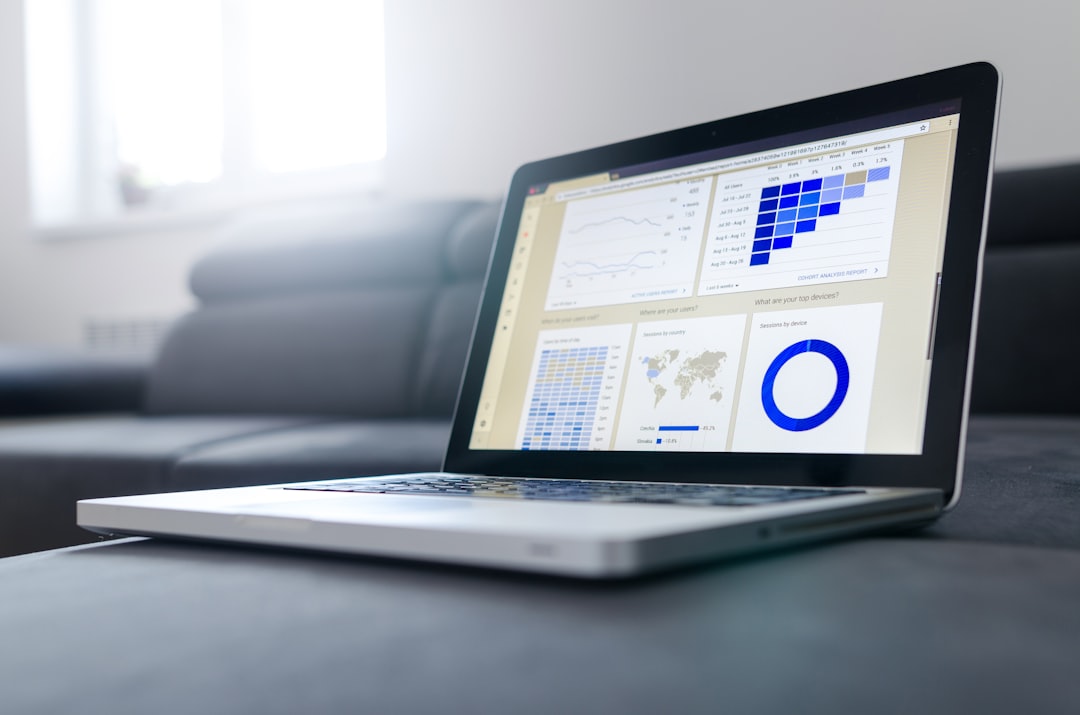
RealTime Graphical Representation of EventDriven UI Circuitry
In the rapidly evolving world of technology, the RealTime Graphical Representation of EventDriven UI Circuitry has emerged as a pivotal concept that combines interactivity with visual feedback. This approach not only enhances user experience but also streamlines the development process for engineers and designers.
Understanding EventDriven UI Circuitry
Event-driven architecture is a design paradigm in which the flow of the program is determined by events—user actions, sensor outputs, or messages from other programs. In the context of UI circuitry, this means that the interface responds instantly to user inputs, providing a fluid and dynamic experience. The graphical representation of these interactions allows developers to visualize how events trigger changes within the system, making it easier to identify bottlenecks and optimize performance.
Importance of RealTime Graphical Representation
Real-time graphical representation offers several advantages, including:
- Immediate Feedback: Users can see the results of their actions instantly, which enhances engagement and satisfaction.
- Debugging and Testing: Developers can observe how the UI reacts to various inputs in real time, making it easier to identify issues and implement solutions.
- Enhanced Collaboration: Teams can visualize workflows and event triggers, improving communication and collaboration during the development process.
Current Developments in RealTime Graphical Representation
As technology advances, so do the tools used for RealTime Graphical Representation of EventDriven UI Circuitry. Frameworks like React and Vue.js have popularized component-based design, allowing developers to break down UIs into manageable pieces. This modularity is essential for real-time applications, where the state of the UI can change dynamically based on events.
Tools and Technologies
Several cutting-edge tools and libraries are paving the way for enhanced event-driven UIs:
- D3.js: A JavaScript library that helps create dynamic and interactive data visualizations in web browsers.
- WebSocket: Enables real-time communication between the server and client, facilitating instant updates based on events.
- Redux: A predictable state container for JavaScript apps that works particularly well with React, allowing for efficient state management in event-driven architectures.
Case Studies
One notable example of RealTime Graphical Representation is seen in financial trading platforms. Traders rely on real-time data to make split-second decisions. By implementing event-driven UIs with graphical representations of data trends, these platforms can deliver instantaneous updates, helping users stay ahead in a competitive market.
Another example is in the realm of smart home systems. By using real-time graphical representations of event-driven UI circuitry, homeowners can monitor and control multiple devices through a single interface. For instance, a smart thermostat can instantly reflect changes in temperature settings, while also visualizing energy consumption patterns over time.
Future Trends
As we look to the future, several trends are emerging in the field of RealTime Graphical Representation of EventDriven UI Circuitry:
- AI Integration: Artificial intelligence will play a crucial role in predicting user actions and automating responses, enhancing the event-driven model.
- Cross-Platform Development: With the rise of frameworks like Flutter, developers can create UIs that function seamlessly across different devices, all while maintaining real-time responsiveness.
- Augmented and Virtual Reality: The integration of AR and VR will revolutionize how we visualize event-driven interactions, offering immersive experiences that traditional UIs cannot match.
Expert Opinions
According to Dr. Jane Smith, a leading researcher in UI/UX design, “The future of user interfaces lies in their ability to adapt to user behavior in real time. The graphical representation of these interactions will be key in understanding and optimizing user experiences.”
Further Reading and Resources
For those interested in diving deeper into the world of RealTime Graphical Representation of EventDriven UI Circuitry, consider exploring the following resources:
These resources will provide you with the necessary tools and knowledge to implement effective event-driven UIs.
As technology continues to evolve, embracing RealTime Graphical Representation of EventDriven UI Circuitry will become essential for developers looking to create engaging and responsive applications. By staying informed and utilizing the latest tools, you can enhance your projects and improve user satisfaction.
Feel free to share this article with your network and explore the tools mentioned to elevate your understanding of event-driven UI design!


